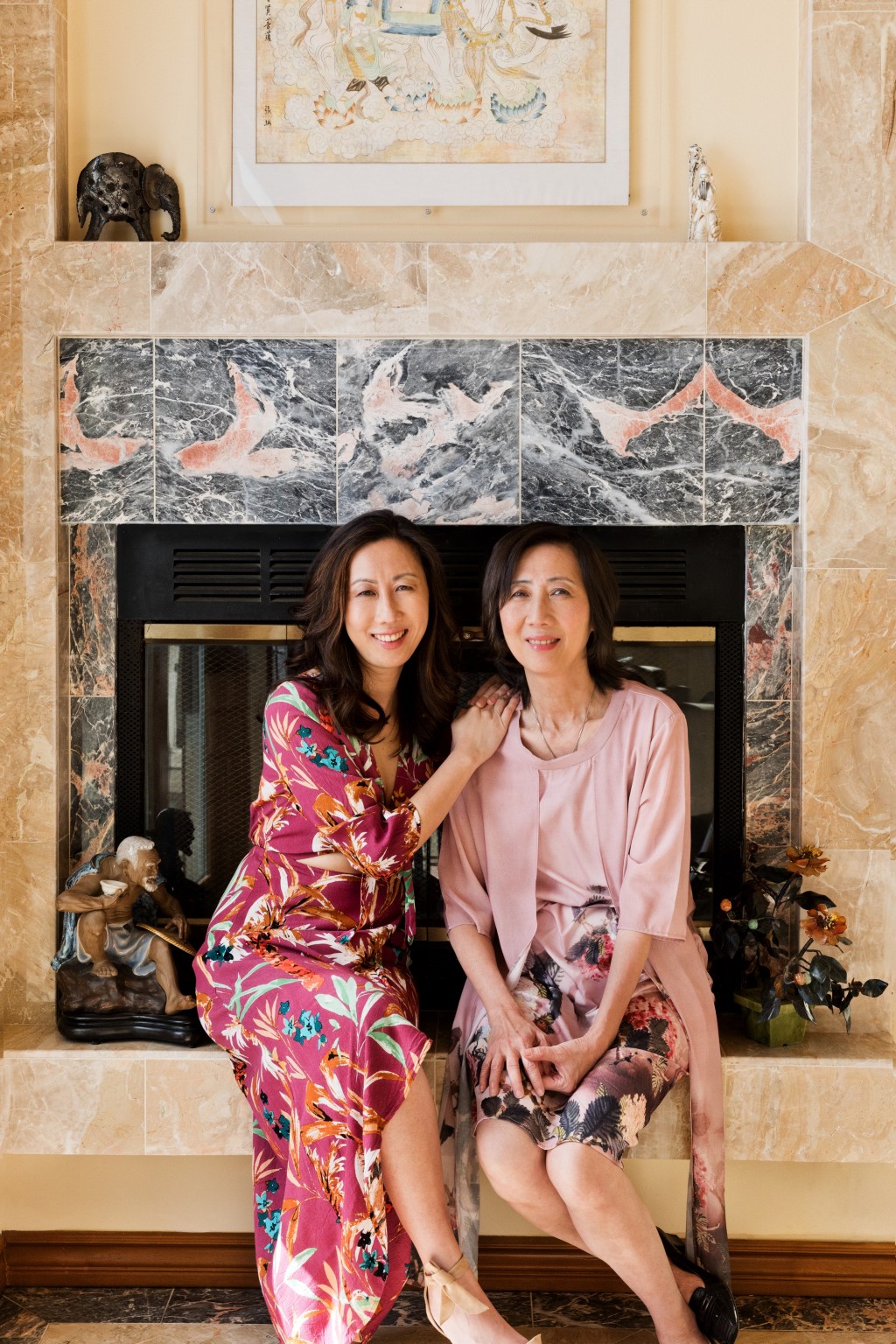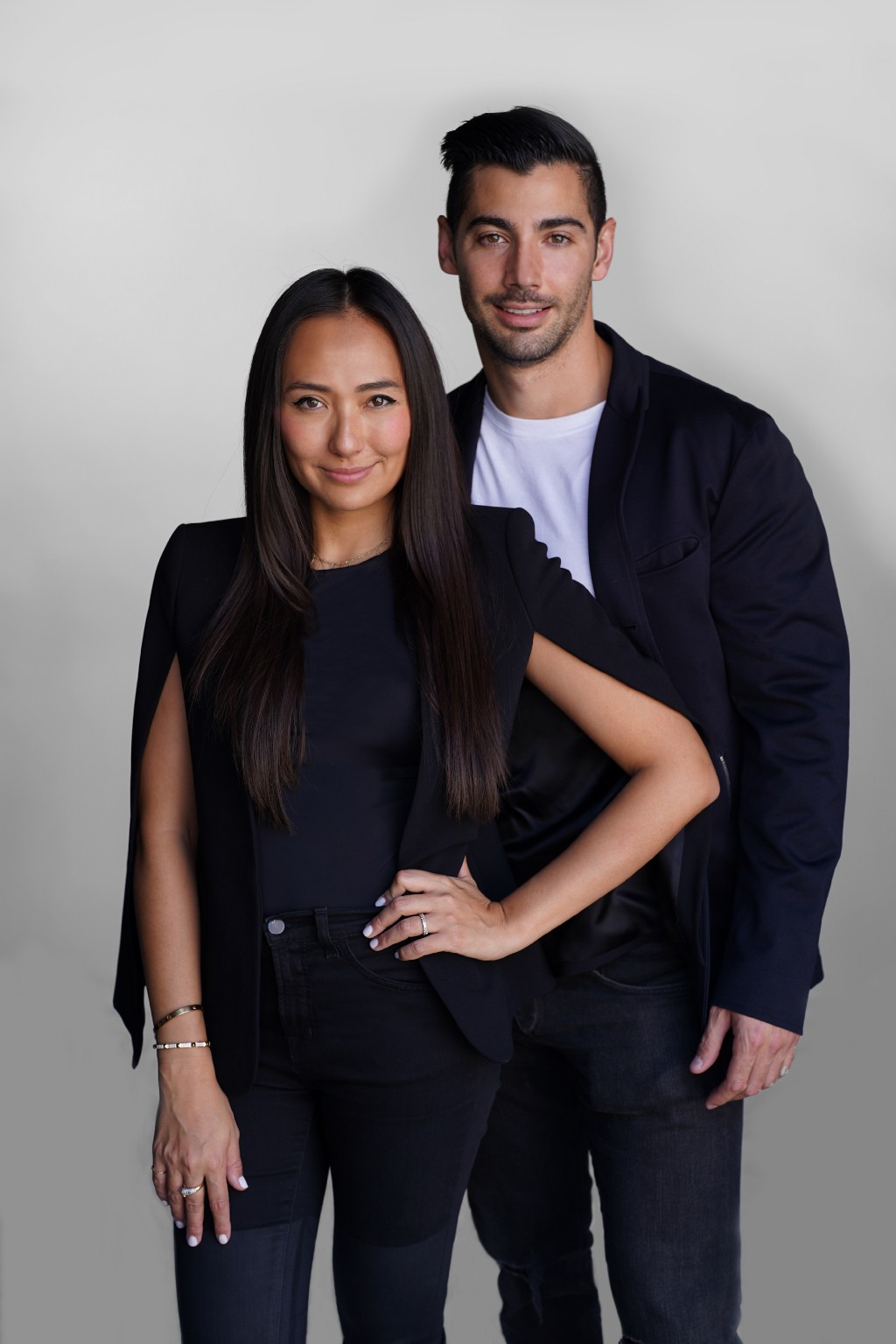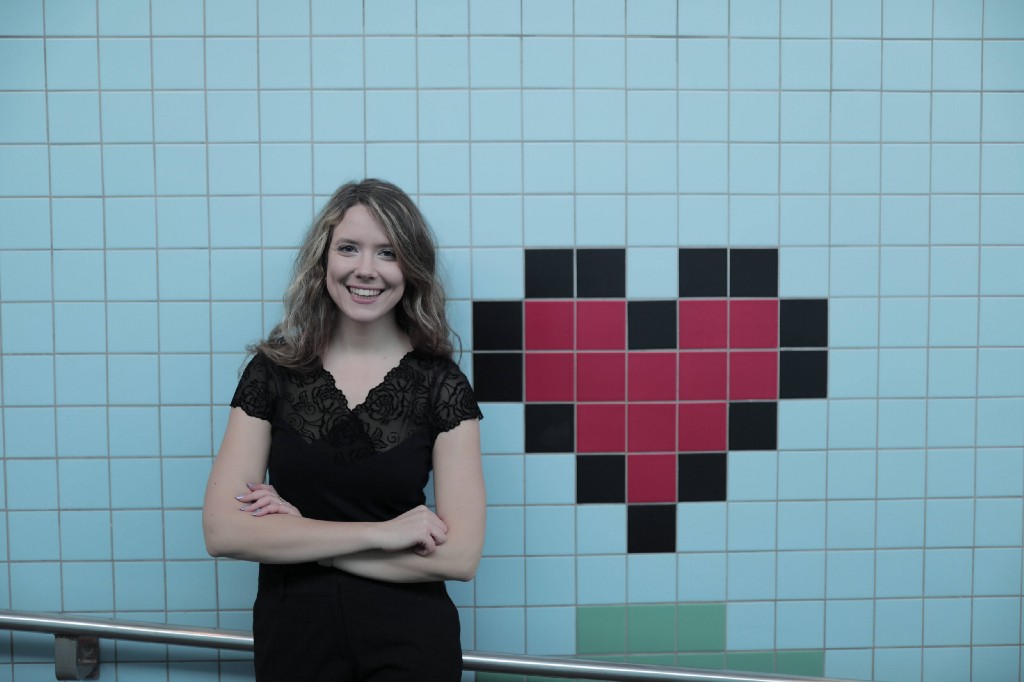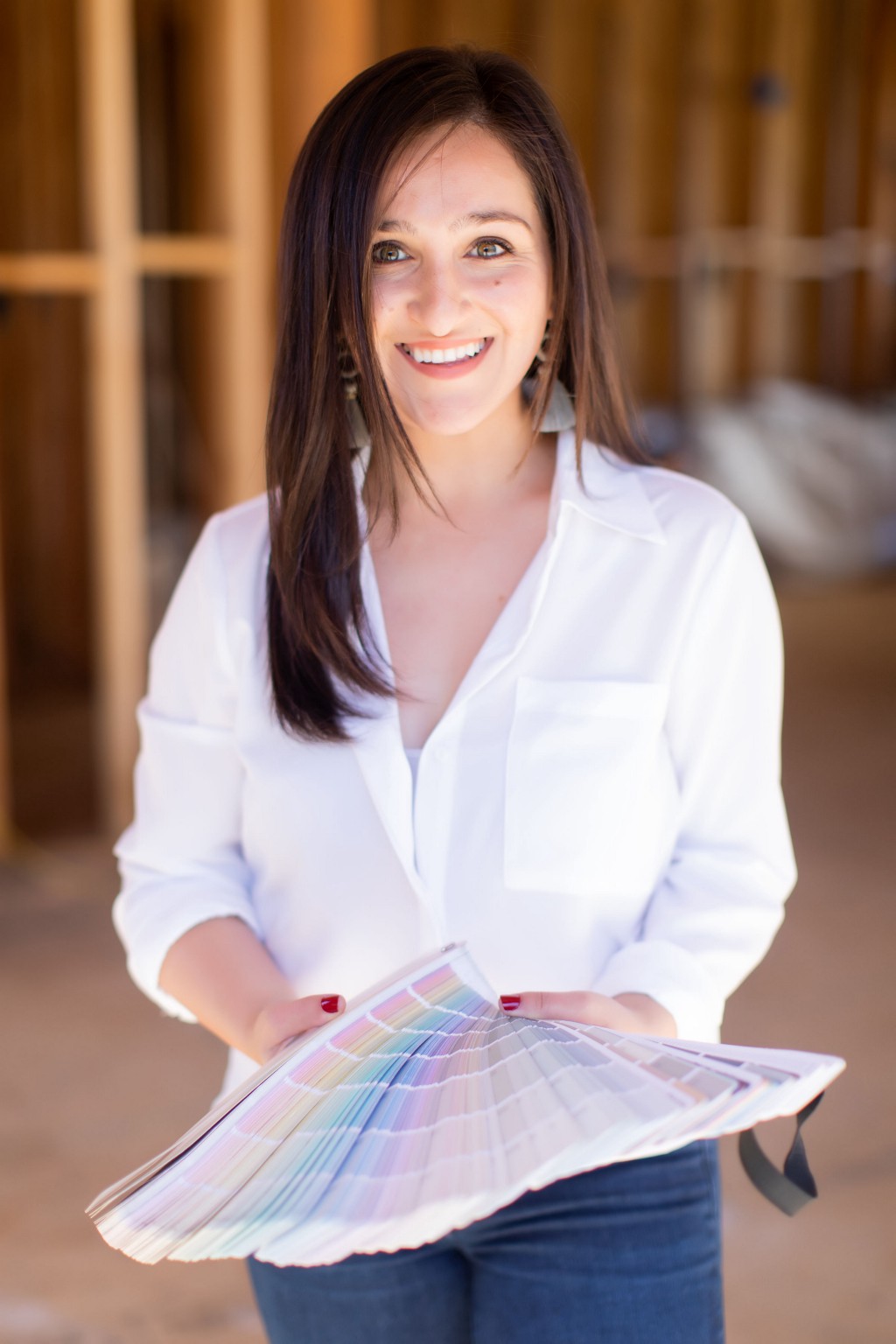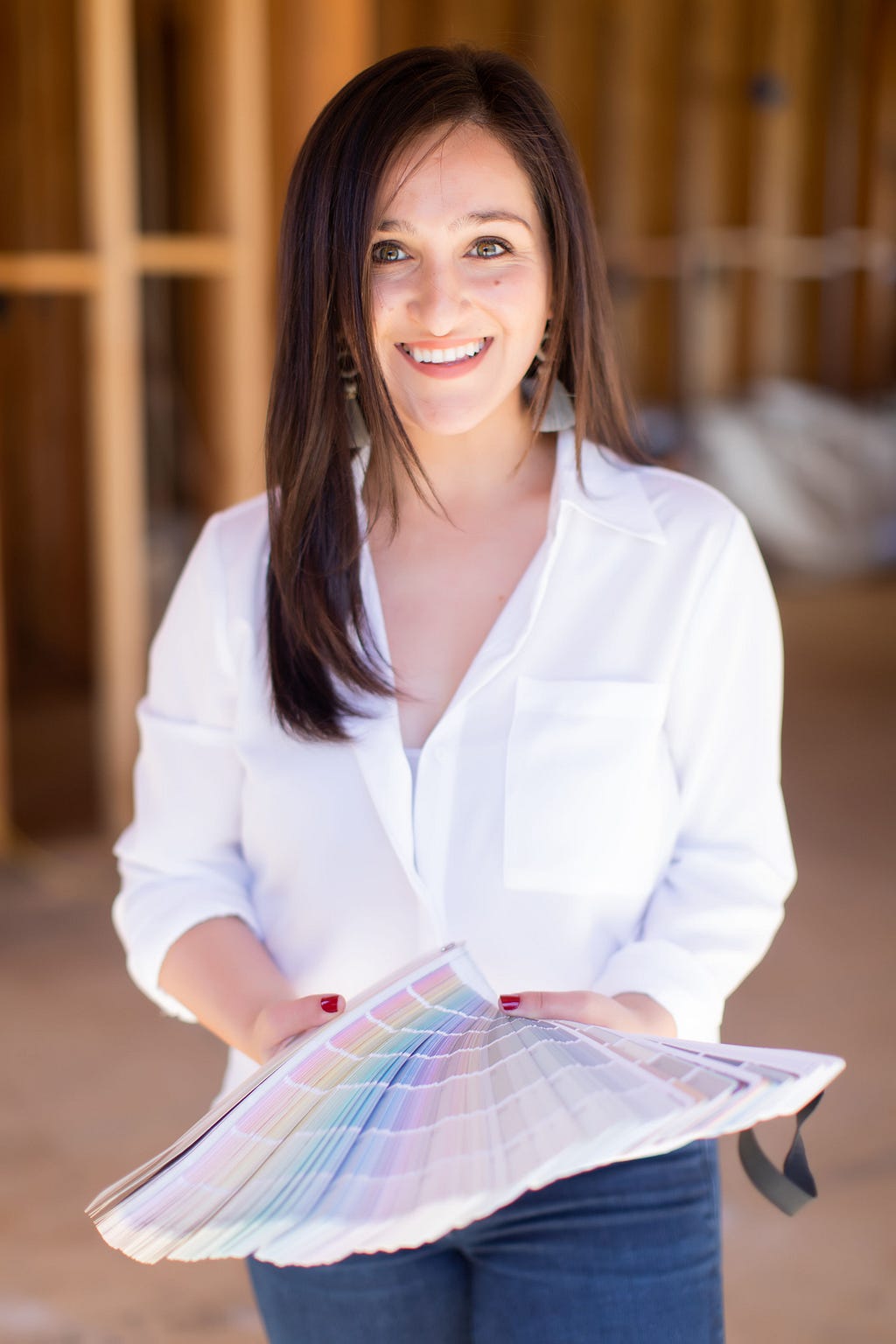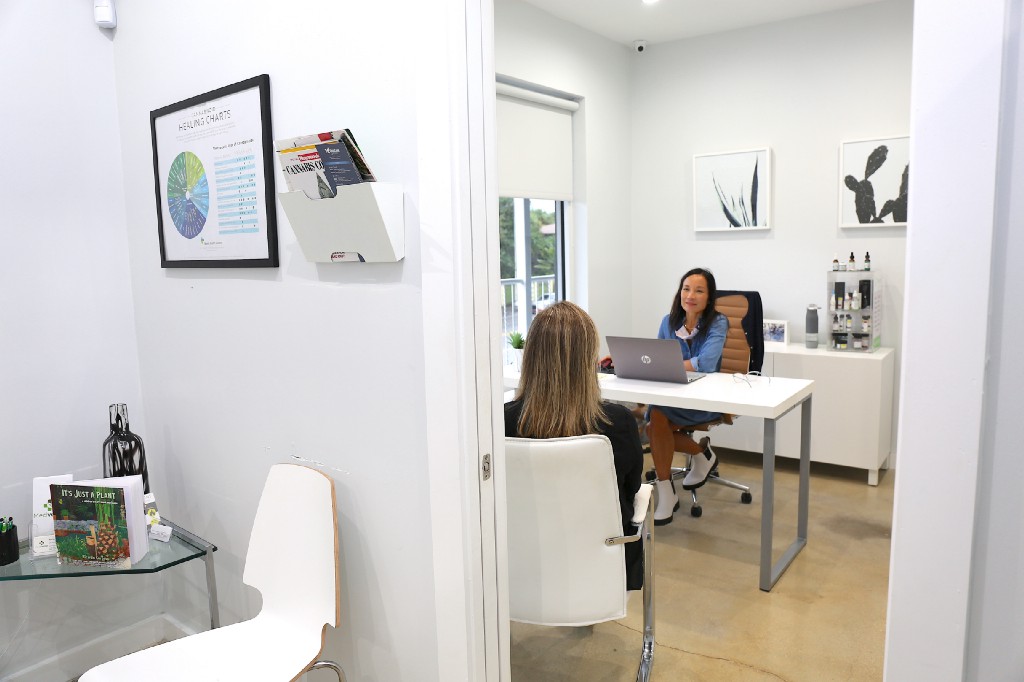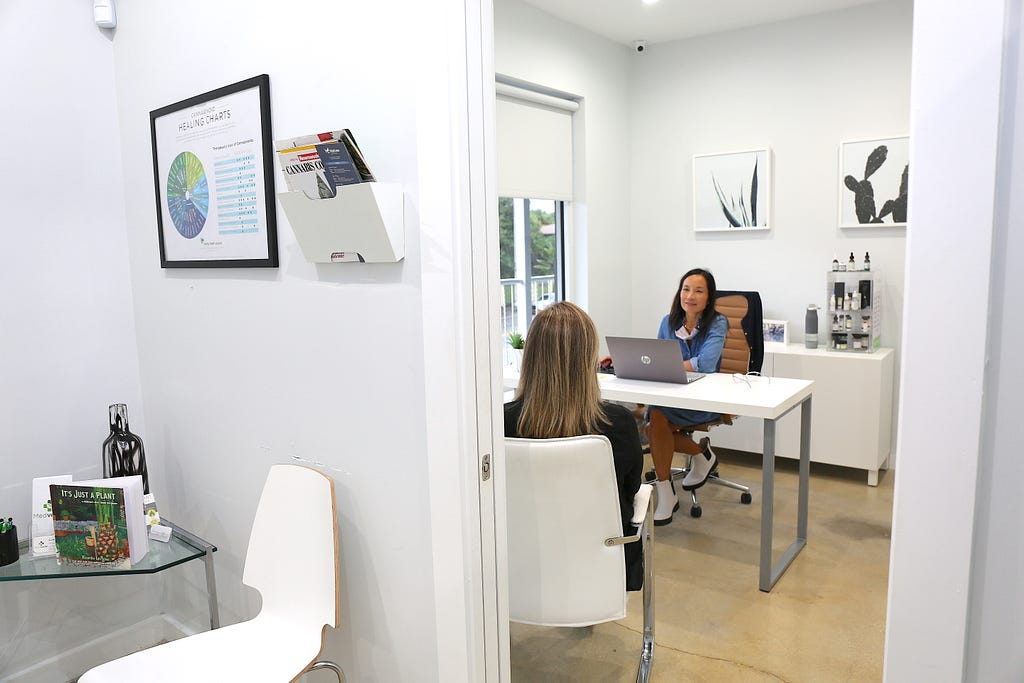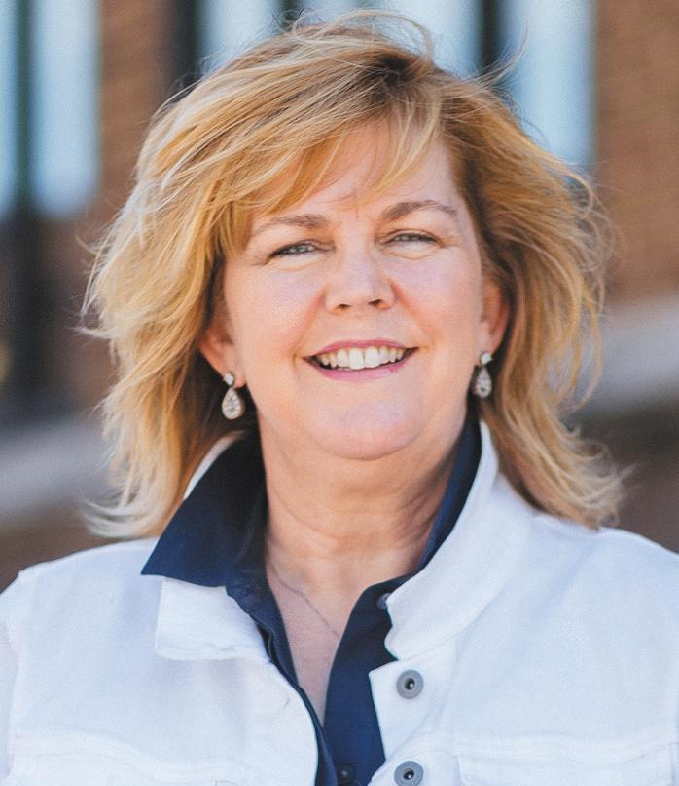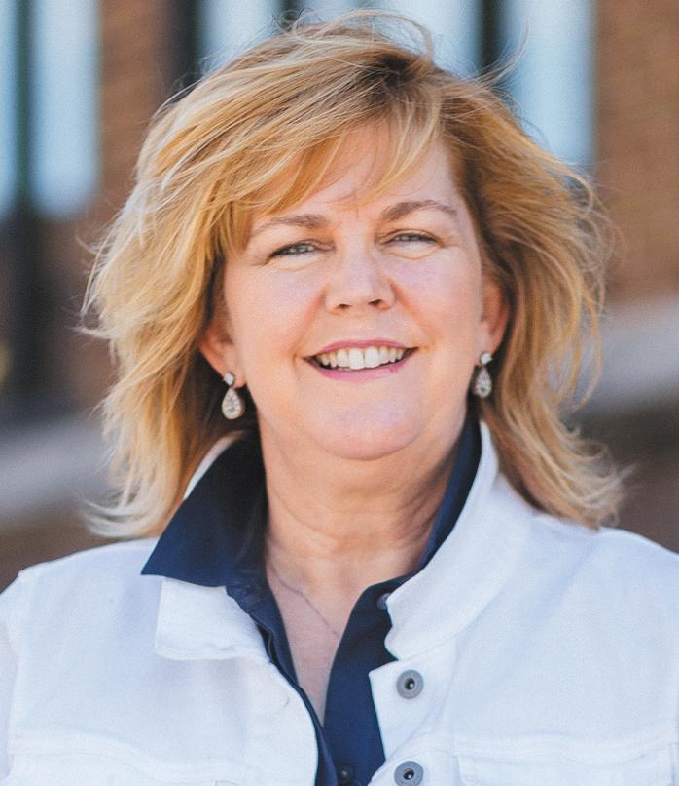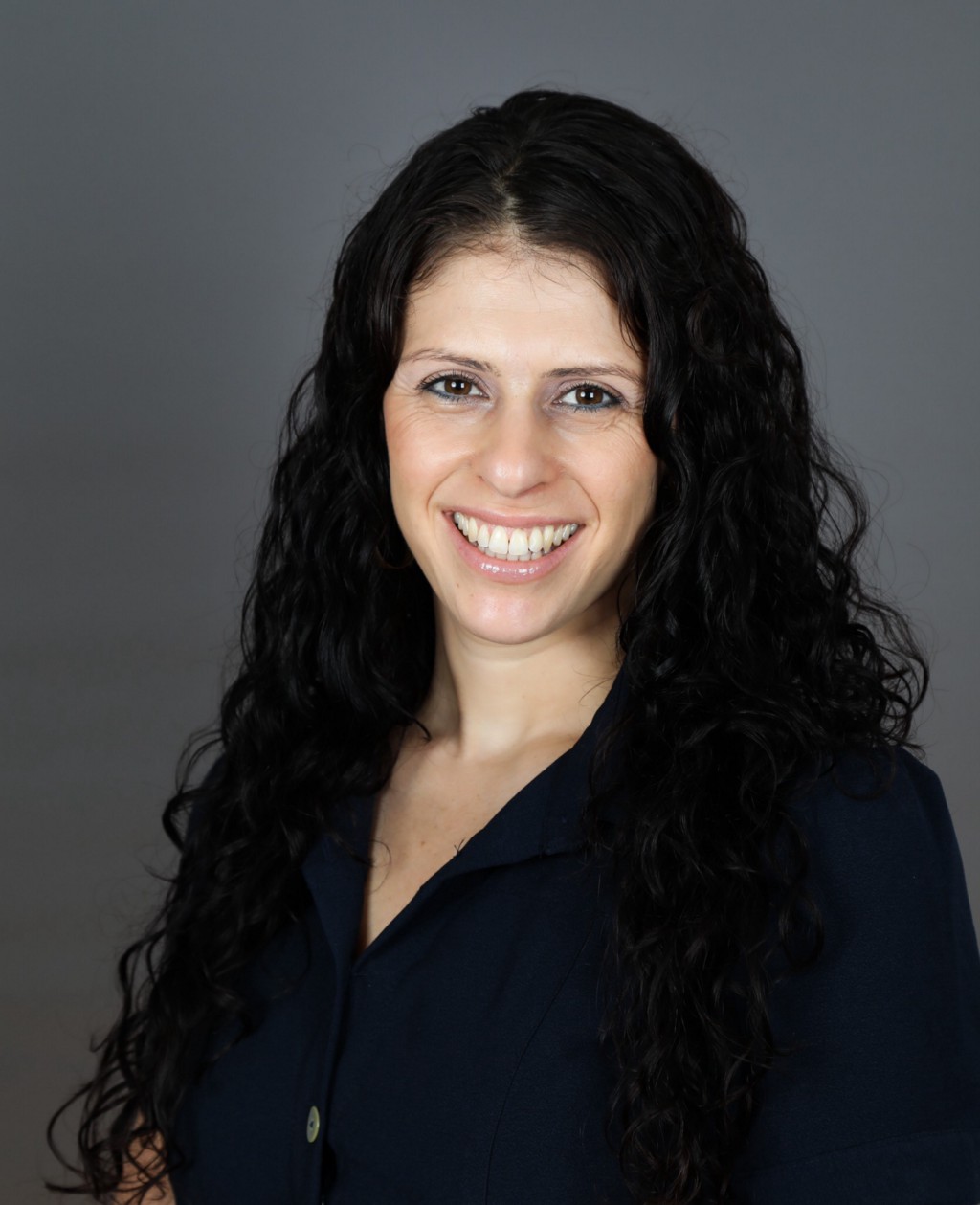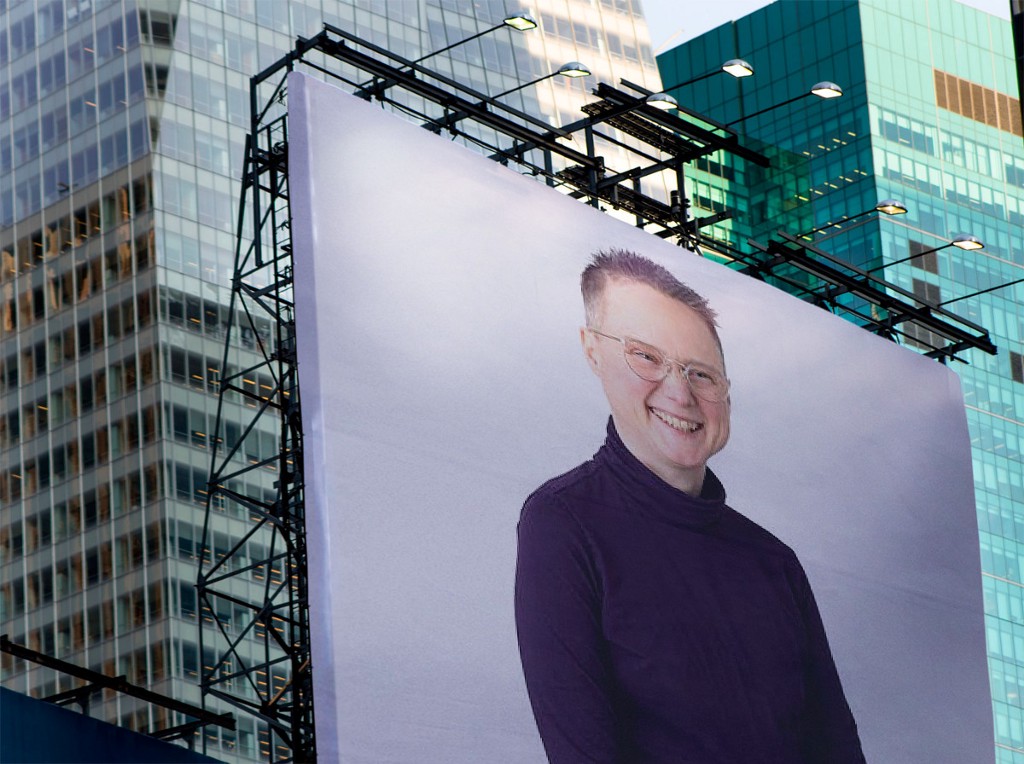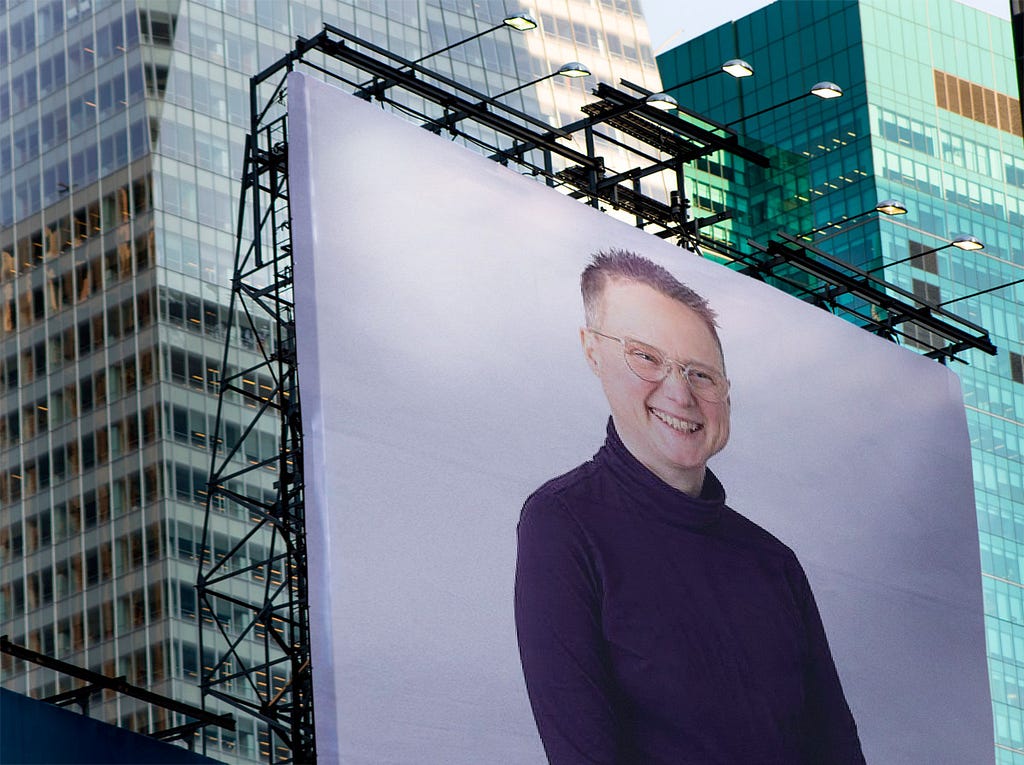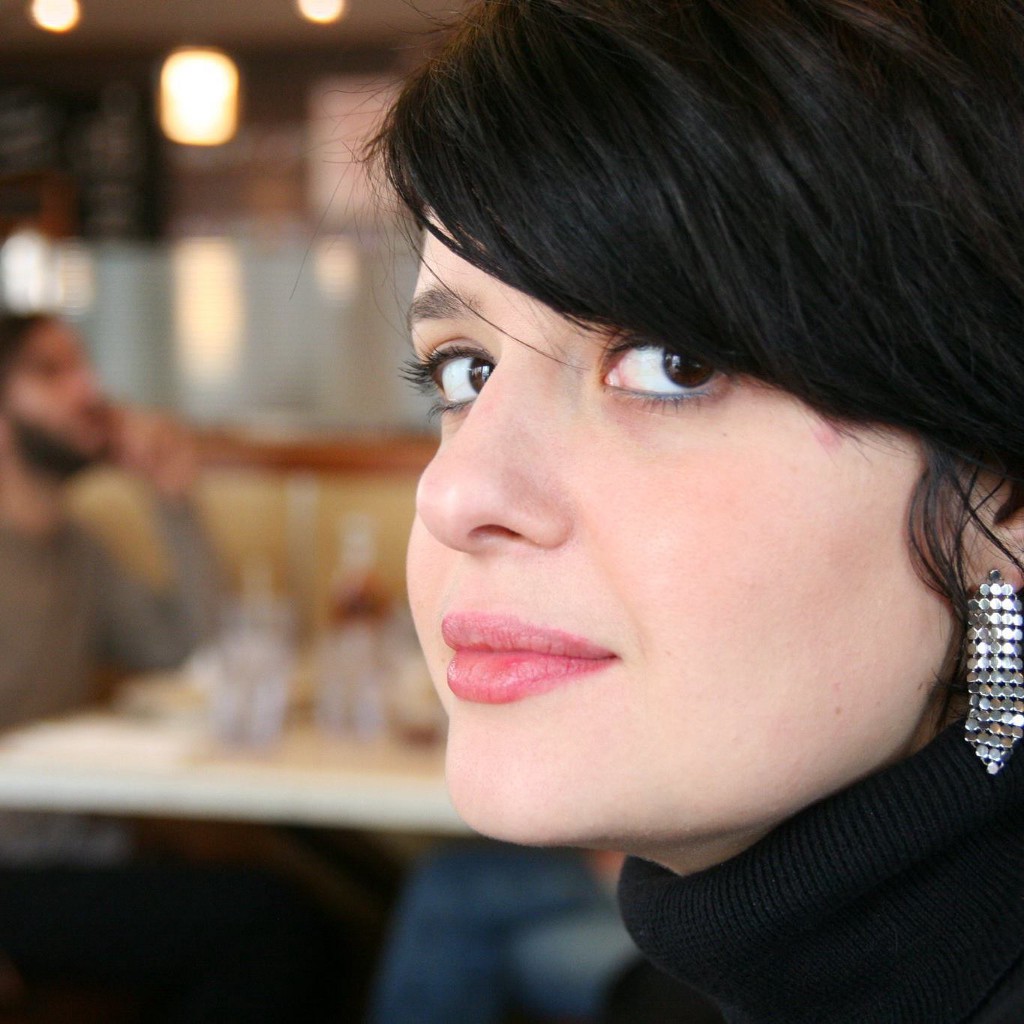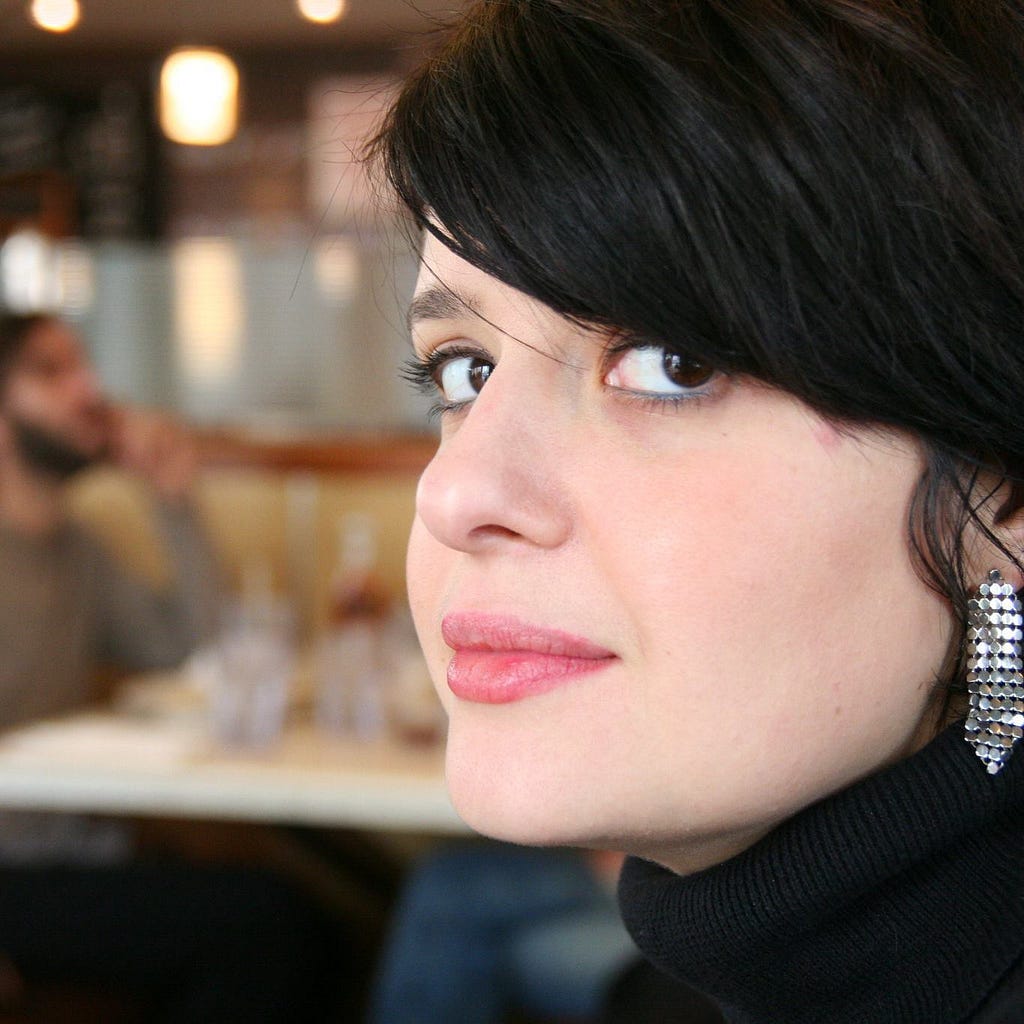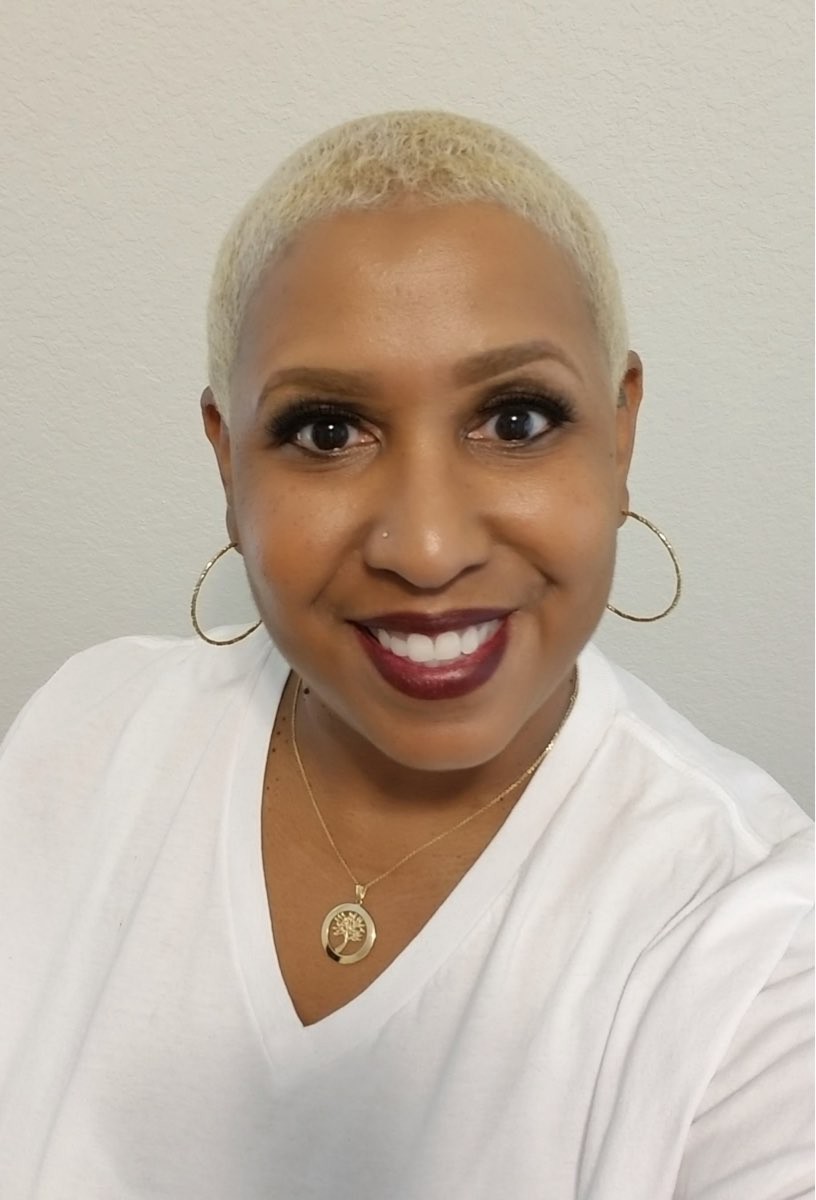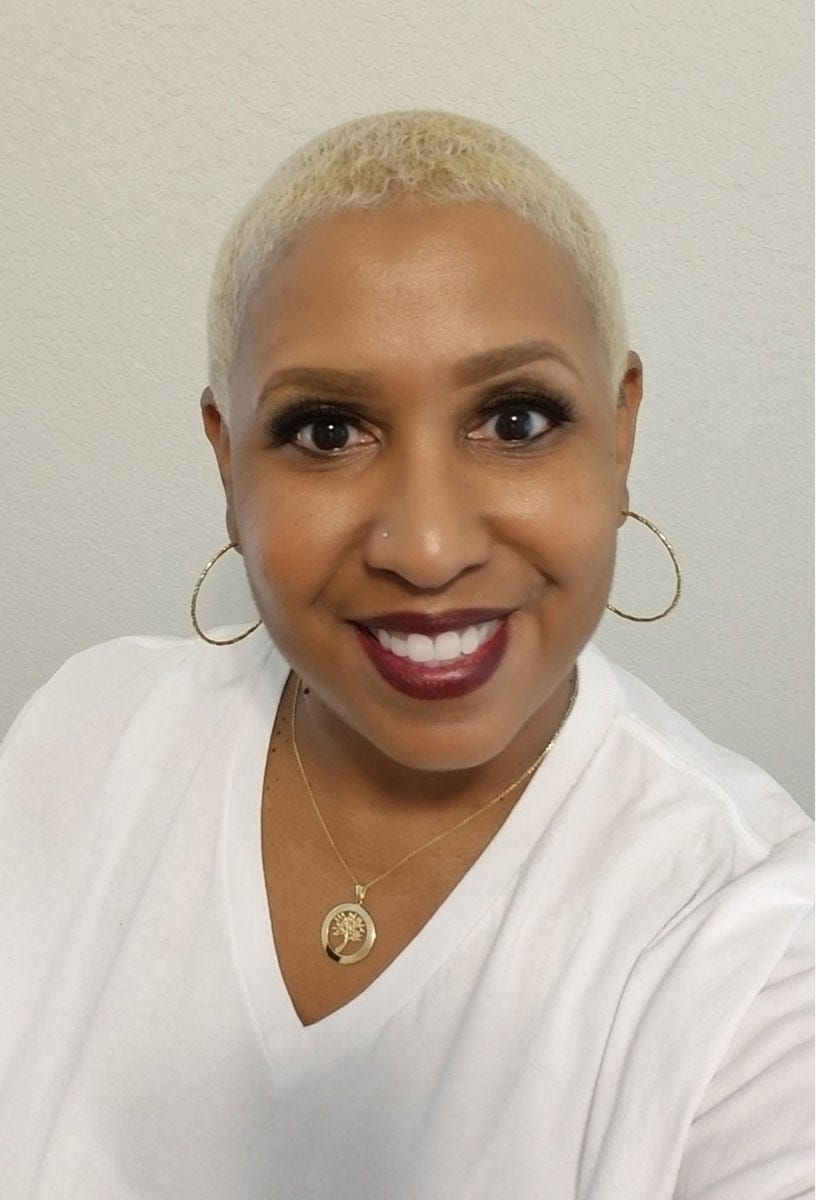Women In Wellness: Rose Cheung & Genevieve Wong of Healing Herbal Soups on the Five Lifestyle Tweaks That Will Help Support People’s Journey Towards Better Wellbeing
An Interview With Candice Georgiadis
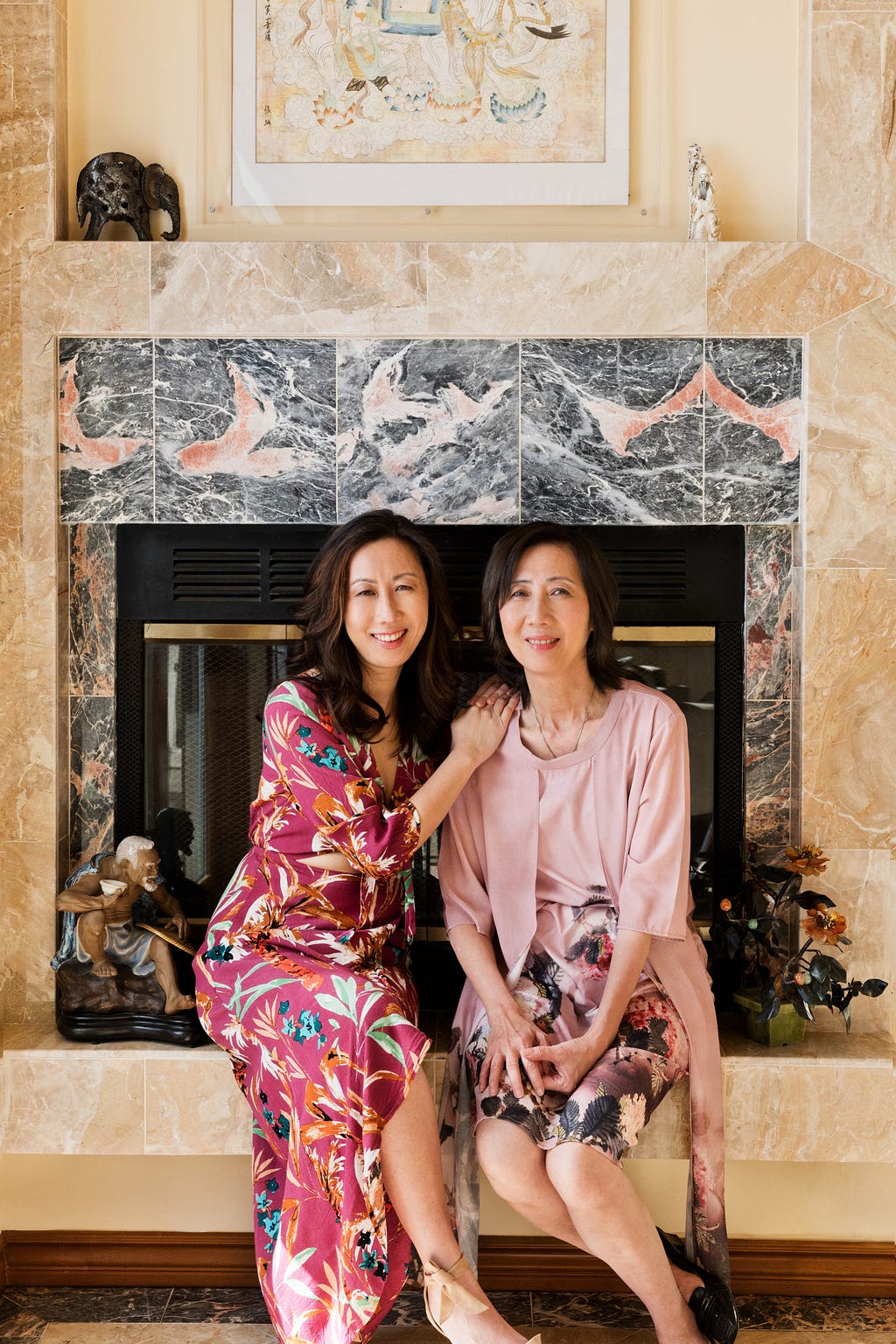
Be persistent in what you want to do. Do not give up easily. Even in my diabetes study, we see how persistence pays off. The patients who bought my formula never got cured because they would try the formula for one or two months and then they would give up. They always seemed to have other options distracting them. On the other hand, we had patients who were quite poor. The ones who got cured were the mostly indigent patients who received the supplements for free. They didn’t have anything else to distract them since they did not have extra cash to spend, so they were persistent in getting themselves well.
As a part of my series about the women in wellness, I had the pleasure of interviewing Rose Cheung and Genevieve Wong.
Rose Cheung and Genevieve Wong are the authors behind the Simon & Schuster bestseller “Healing Herbal Soups: Boost Your Immunity and Weather the Seasons with Traditional Chinese Recipes.” Outside of teaching people about Traditional Chinese Medicine, the mother-daughter duo resides in Los Angeles, where Genevieve produces television and Rose runs various enterprises in real estate and solar energy.
Thank you so much for joining us in this interview series! Our readers would love to “get to know you” better. Can you share your “backstory” with us?
Rose: I have been involved in setting up new businesses over the years with a background as a CPA since I was 21. I developed a passion for Chinese herbs and healing when my late mother got cancer in the late eighties. I was trying my best to prolong her life and through this journey, I discovered Traditional Chinese Medicine’s effectiveness, as well as how to use food as an important healing supplement. Instead of three years as predicted by my mother’s oncologist, my mother lived 13 years from the time of her cancer diagnosis.
Genevieve: My main profession is that I am a TV producer, writer and documentarian. When I graduated from film school, my goal was to be a late night comedy or a sitcom writer. Unfortunately I didn’t make much headway, mostly due to the fact that my manager retired and I didn’t know many people in the business. I didn’t have a mentor nor did I have any sort of guidance as to how to make a career. As a result, I ended up making money as a broadcast journalist. I transitioned to being a producer in my twenties and I have been one ever since. In 2020, at the beginning of the pandemic, I had a lot of time on my hands so I decided to write a cookbook with my mom, “Healing Herbal Soups.” It got picked up by an imprint at Simon & Schuster and I have been promoting that with my mom for the last year.
Can you share the most interesting story that happened to you since you started your career? What were the main lessons or takeaways from that story?
Rose: Before I wrote the book, I started seven new businesses and got involved with three charitable organizations. Two of the for profit businesses and all of my charitable endeavors failed. Through the failures, I learned that just passion and hard work alone is not sufficient to achieve your goals. My most interesting encounter was with a client who showed no interest in working with me until he mentioned his mother was very sick and he was extremely worried. I offered to set him up with a renowned TCM doctor. The client ended up inviting me and my whole family to dinner. That strikes me to date that the most precious thing in life is health, not only your own health, but the health of your most immediate loved ones, above any material possessions.
Genevieve: I think one of the most interesting things about my life is that I became a network producer at just 25 years old. Looking back, it was a really abnormal time to be in charge of so much. The problem with having success at such a young age is that you don’t have the maturity or life experience to deal with the curveballs that are thrown your way. Had I just waited a few more years, I would have been able to have the foresight to do more long-term planning, in both my work and personal life.
Can you share a story about the biggest mistake you made when you were first starting? Can you tell us what lesson you learned from that?
Rose: The biggest mistake I made all these years is a project that involves mining and excavation in the Pacific Islands. It turned out to be a complete disaster not only financially but everyone on the team got quite sick at various times. I started to see in that moment that no good comes out of destroying nature. I realize that we have to respect Mother Earth and the great natural environment that is provided to us. We should appreciate and cherish what the Universe has given us and not destroy it for profit.
Genevieve: This is going to sound outdated but I think the biggest mistake I made was that I always spoke my mind. That ended up being very polarizing because when you work in a corporate environment, there are office politics and feelings involved. I wish I had just listened and reflected more. I am a different person now, obviously.
Let’s jump to our main focus. When it comes to health and wellness, how is the work you are doing helping to make a bigger impact in the world?
Rose: My life’s motivation is comprised of two main goals. One is to make enough to support my family. The other is to support my passion for bringing health to the world through awareness of alternative medicine. Even if my contribution is small or not so financially successful, I firmly believe the opportunity in making a difference in someone’s life is the most rewarding experience. An example of this is occurred when I wanted to make an herbal formula for the treatment of diabetes Type 2. I championed a study in Hong Kong with the Macau University of Science and Technology back in 2012. The results of the clinical trial showed substantial improvement over time. However, we never succeeded in marketing it to private patients as we were inexperienced and had limited resources in Asia. Nevertheless, we provided and continue to provide free supplements to indigent seniors through a charitable organization. It is through them that we see how remarkable the results can be. We helped one patient‘s open wound heal so he could be discharged from hospital. We also helped an 80 year-old woman — whom for 8 years is still taking the supplement — to control her diabetes and her night urination which decreased as a good side effect of the formula. These stories are sufficient motivation for me and our study to continue our work.
Genevieve: I came down with asthma when I was 13. Finally when I was 23, I decided to do something about it. I found a fantastic Chinese herbalist and really devoted myself to following a holistic lifestyle. Now at 41, I don’t have asthma anymore. Television aside, I really feel it is my mission in life to encourage people to make healthy changes and to learn more about the powers of Traditional Chinese Medicine. That’s part of the reason why I co-wrote the cookbook. We need to rely on ourselves and the personal health choices we make. Nature has everything to heal us.
Can you share your top five “lifestyle tweaks” that you believe will help support people’s journey towards better wellbeing? Please give an example or story for each.
- Be persistent in what you want to do. Do not give up easily. Even in my diabetes study, we see how persistence pays off. The patients who bought my formula never got cured because they would try the formula for one or two months and then they would give up. They always seemed to have other options distracting them. On the other hand, we had patients who were quite poor. The ones who got cured were the mostly indigent patients who received the supplements for free. They didn’t have anything else to distract them since they did not have extra cash to spend, so they were persistent in getting themselves well.
- Have a critical mind. Don’t just listen to what people say or follow the crowd. Just because your friends are taking a trendy supplement, doesn’t mean it’s the right thing for you. Be analytical. Study the seller’s motives and really think about what they gain before you form your own opinion. Do not be swayed by advertisements.
- Expand your horizon beyond what you normally do. Try new food and experiences. The herbs and vegetables we introduce in the book have great long term medicinal effects. It may seem foreign to you in the beginning but you will grow to like it. TCM may have a different concept than Western medicine. But do some research and you will see that some illnesses that Western medicine cannot seem to cure has a remedy within the TCM world.
- Stay positive and be happy. Don’t just compare your situation to others and think it should be better. Think of how it can be worse and you will feel grateful what you already have and be appreciative.
- Teach yourself The Six Healing Sounds of Qigong. It’s a breathing technique that helps rid your body of disease-causing qi. Essentially you say six different tones every day to keep your heart, liver, spleen, lung and kidney healthy. When we are not feeling well, we will notice that we have problems singing one of the tones.
If you could start a movement that would bring the most amount of wellness to the most amount of people, what would that be?
Everyone has a story to tell and everyone has wisdom to share. Write a book especially during unusual times like a pandemic when people are worried about their health. That is exactly what we did. Start promoting your book to spread your ideas — for us the real intention is to spread the word about using herbs and food as medicine.
What are your “5 Things I Wish Someone Told Me Before I Started” and why?
- Build up your network with helpful friends and colleagues who have connections and different skills.
- Good planning is the most important thing to do before implementation.
- Find the right teammates who are dedicated, and share the same goals and ethics that you have.
- Make friends with people who understand the importance of networking and the need to help each other. It is a waste to continue a relationship with someone if they don’t believe in giving and taking.
- Prepare for the worst case scenarios and think of solutions ahead of time. Have backup options.
Sustainability, veganism, mental health and environmental changes are big topics at the moment. Which one of these causes is dearest to you, and why?
Rose: Sustainability is the most important because it encompasses the environment, the economy and society. Everything on earth should be sustainable or it will only cause disaster, chaos and instability to human civilization. Sustainability is the only way to keep our world going.
Genevieve: The environment is becoming increasingly polluted. That is why it is important to detox on top of trying to heal and nurture.
What is the best way our readers can follow you online?
Through our website’s blog or Instagram.
Readers can find us at www.healingherbalsoups.com. We post free recipes, health tips, videos and have an online store where people can buy ingredients for our soups and teas. We are @herbalsoups on Facebook, Instagram, and Twitter.
Thank you for these fantastic insights!
Women In Wellness: Rose Cheung & Genevieve Wong of Healing Herbal Soups on the Five Lifestyle… was originally published in Authority Magazine on Medium, where people are continuing the conversation by highlighting and responding to this story.


